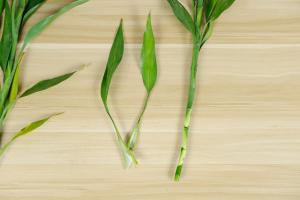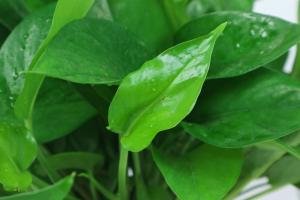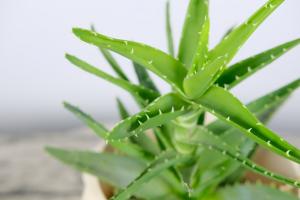How to Plant Vegetable Plants: Hole Potting Soil
Planting vegetable plants in a pot or container can be a great way to grow your own fresh produce, no matter the size of your outdoor space. However, it's important to prepare the potting soil properly to ensure your plants have the best chance of thriving. Here are some tips on how to plant vegetable plants in hole potting soil.
Choose the Right Potting Soil
When it comes to choosing potting soil, it's essential to pick the right type for your specific plants. Look for soil that is specifically formulated for vegetables, as this will have the ideal balance of nutrients and drainage for your plants. You can also mix your own potting soil using compost, peat, and vermiculite or perlite.
Prepare the Container
Before you start planting, you need to make sure your container is the right size for your vegetables. Most plants need at least six to eight inches of soil depth to thrive, so choose a container that is deep enough for your chosen plants. Also, make sure the container has drainage holes at the bottom to allow excess water to escape and prevent root rot.
Planting the Vegetable Plants
Once you have your container and soil ready, it's time to plant your vegetable plants. First, fill your container with potting soil until it is about two-thirds full. Then, make a small hole in the soil for each plant. The hole should be just deep enough to cover the top of the root ball. Gently place the plant into the hole and press the soil around it to secure it in place.
Caring for Your Vegetable Plants
Once your plants are in the container, it's important to give them the right care to help them thrive. Water your plants regularly, making sure to keep the soil moist but not waterlogged. You may also need to fertilize your plants every few weeks with a vegetable-specific fertilizer to ensure they have the nutrients they need to grow. Finally, make sure your plants are getting enough sunlight each day. Most vegetable plants need at least six hours of direct sunlight per day to grow and produce a good harvest.
Conclusion
Planting vegetable plants in a container with hole potting soil can be a fun and rewarding experience. By following the tips above, you can ensure your plants have the best chance of thriving and producing a bountiful harvest. With a little bit of care and attention, you can enjoy fresh, homegrown vegetables all season long.

 how many times do yo...
how many times do yo... how many planted tre...
how many planted tre... how many pine trees ...
how many pine trees ... how many pecan trees...
how many pecan trees... how many plants comp...
how many plants comp... how many plants can ...
how many plants can ... how many plants and ...
how many plants and ... how many pepper plan...
how many pepper plan...





























